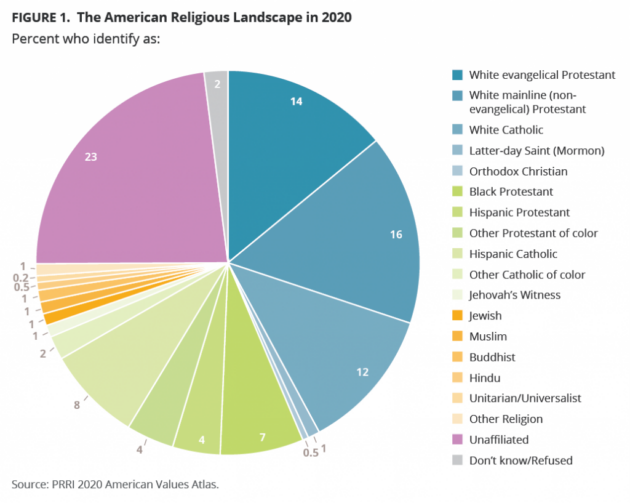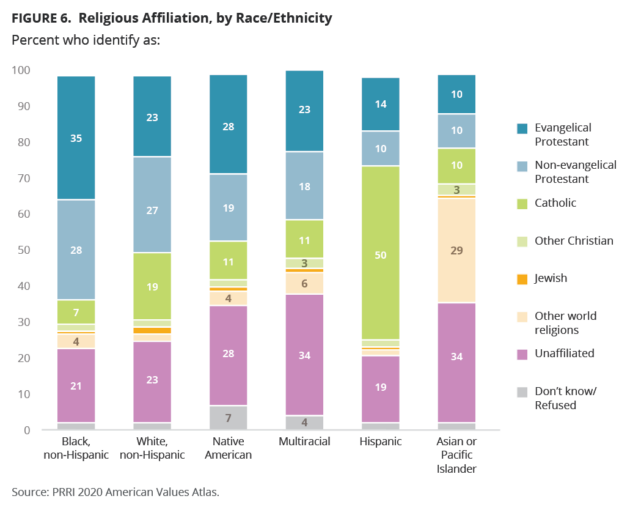More now identify as nondenominational than Southern Baptist

More Christians now attend nondenominational churches than Southern Baptist congregations, the 2020 U.S. Religion Census found.
The newly released study shows that over the past decade, the number of adherents in Southern Baptist churches and the United Methodist Church each decreased by about two million, while the number of adherents in independent, nondenominational Christian churches increased by nearly nine million
The SBC registered 17,649,040 adherents and had the largest number of congregations among all denominations, with 51,379, representing 10.9 percent of America’s religious population and 5.3 percent of the general population overall. The UMC was found to be in the highest number of counties, 2,989, across the United States. In 2010, however, the SBC reported 19,896,975 adherents spread across 50,816 congregations, which represented 6.4 percent of the population overall.
That same year, nondenominational Christian churches had 12,241,329 adherents in 35,496 congregations, which represented 4 percent of the overall population. In 2020, with nearly 5,000 more congregations identifying as nondenominational, Christian adherents in the group swelled to 21,095,641. Their share of America’s religious population increased to 13.1 percent, while they now also represent 6.4 percent of the general population.
READ OUR SPECIAL REPORT: The rise on nondenominational Christians
“The decrease in certain denominations and increase in nondenominational churches may be a result of the same factors,” said Scott Thumma, director of the Hartford Institute for Religion Research. “Denominational brands have weakened, and divisions have increased over issues such as female clergy or sexual orientation. This likely led some adherents to seek or even start new, nondenominational churches.”
Nondenominational churches, according to Grace Church in Plano, Texas, are churches that hold “no connection with the recognized denominations and mainline churches such as the Baptist, Catholic, Presbyterian, Lutheran or Methodist churches,” all of which have been losing members.
“The reasons behind the establishment of a specific nondenominational church would depend upon the particular circumstances and ideas of its founders but, for the most part, these churches arose out of a desire for independence and a need to return to the biblical basics of Christianity, removed from the doctrinal and sometimes political affiliations that many long-established denominational churches had accumulated over the years,” according to the church’s website.
Concerning young people, the survey found that, “Americans ages 18–29 are the most religiously diverse age group. Although a majority (54%) are Christian, only 28% are white Christians (including 12% who are white mainline Protestants, 8% who are white Catholics, and 7% who are white evangelical Protestants), while 26% are Christians of color (including 9% who are Hispanic Catholics, 5% who are Hispanic Protestants, 5% who are Black Protestants, 2% who are multiracial Christians, 2% who are AAPI Christians, and 1% who are Native American Christians). More than one-third of young Americans (36%) are religiously unaffiliated, and the remainder are Jewish (2%), Muslim (2%), Buddhist (1%), Hindu (1%), or another religion (1%).”
–Dwight Widaman | Metro Voice









